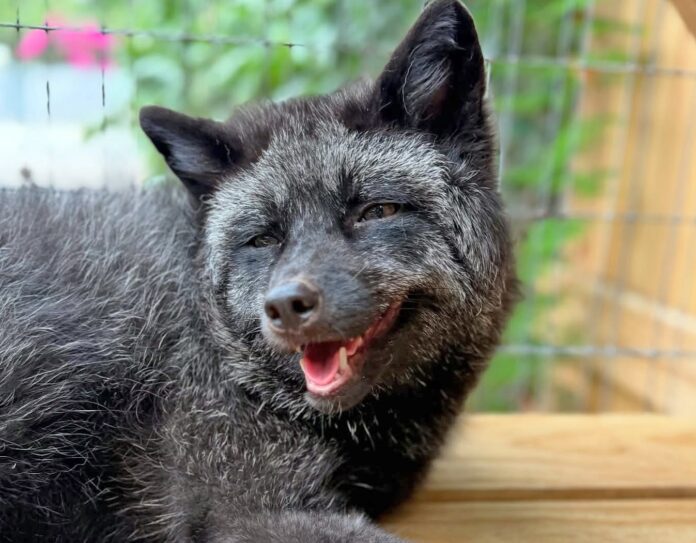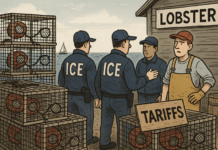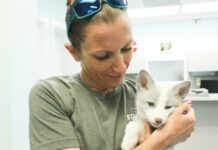
Let’s get something out of the way: I’m adorable. And I almost became a coat because of it.
If that sounds dramatic — good. It should. Because while humans have evolved in many lovely ways (yay for not shooting dogs without collars anymore, love that for you), the fur trade is one industry that refuses to die, no matter how morally obsolete it’s become.
Now, my buddy Brad Bertelli, local Florida Keys historian and a human I actually trust not to turn me into a hood trim, writes how animals were once casually wiped off the map for fashion, food, and “fun.” Manatees were hunted for hides. Birds were slaughtered for feathers. And the heartbreaking story of Guy Bradley, the Everglades game warden killed while trying to protect those birds, is one that still echoes.
“Sometimes animals need protection to ensure, among other things, populations are not decimated beyond a recovery point,” Bertelli said. Damn right they do. And not just because they’re rare or beautiful — but because they have a right to exist without being skinned for someone else’s aesthetic.
The fur trade isn’t just some outdated relic from powdered wig days. It’s a global, modern-day industry built on greed, exploitation and a complete disregard for animal life. It dates back thousands of years, starting with indigenous cultures who used animals for survival and respected them deeply — but that changed with colonization. By the 1600s, European demand for luxury fur exploded, driving species like beaver and sea otter nearly to extinction. Fur became currency and a sign of power, a symbol of wealth and a tool of environmental destruction.
By the 20th century, fur had become fully industrialized. No more trapping in the wild — just confinement, cages and conveyor belts of death. Foxes, mink, chinchillas, raccoons, rabbits, even domestic dogs and cats (not kidding) were being bred to die. In the U.S. alone, there were over 6,000 registered fox farms by the 1940s. Electrocuted. Gassed. Neck-snapped. Skinned. All for fashion. Not survival. Not warmth. Just to “look rich.” Sound familiar?
And speaking of rich — let’s talk about the Fromm brothers. You might know them today as the folks behind Fromm Family Pet Food, selling holistic kibble in pretty packaging. But they got their start in fur farming. Back in the early 1900s, they were the first to successfully breed silver foxes in captivity for commercial fur production. The Fromms didn’t just dabble in fur—they pioneered large-scale fox farming in the United States. So yeah, the fur trade’s fingerprints are everywhere, even in places you’d least expect.
“Certainly, feathers had been used for ornamental purposes for thousands of years, but, for a few decades it became something different and women’s fashion was the culprit,” Bertelli said. He meant birds — but honestly? He could’ve been talking about me.
The difference between then and now? You know better. We have alternatives: faux fur, sustainable fabrics, recycled materials. Countries like the United Kingdom and Israel have banned the sale of new fur. Designers like Stella McCartney, Gucci and Prada have gone fur-free. But make no mistake — the industry still exists. Fur farms still operate. Animals are still suffering.
That’s why I scream. A lot.
But I’m not just here to guilt you — I’m here to show you what change looks like. Because here in the Florida Keys, at Pawsitive Beginnings, we’re flipping the narrative. We rescue foxes like me — born in cages, destined for coats — and give them a second chance. A real life. Not a runway death sentence.
And it doesn’t stop there. We help humans heal too — survivors of trauma, kids who’ve been through hell, people who’ve felt disposable. Our stories become bridges for healing.
Bertellli’s article reminds us that protecting animals isn’t a trend. It’s a legacy. Guy Bradley gave his life for that legacy. Now it’s your turn to carry it forward. The difference between history and progress is what you do next.
P.S. If you think wearing vintage fur is okay — it’s not. Recycled suffering is still suffering.
























